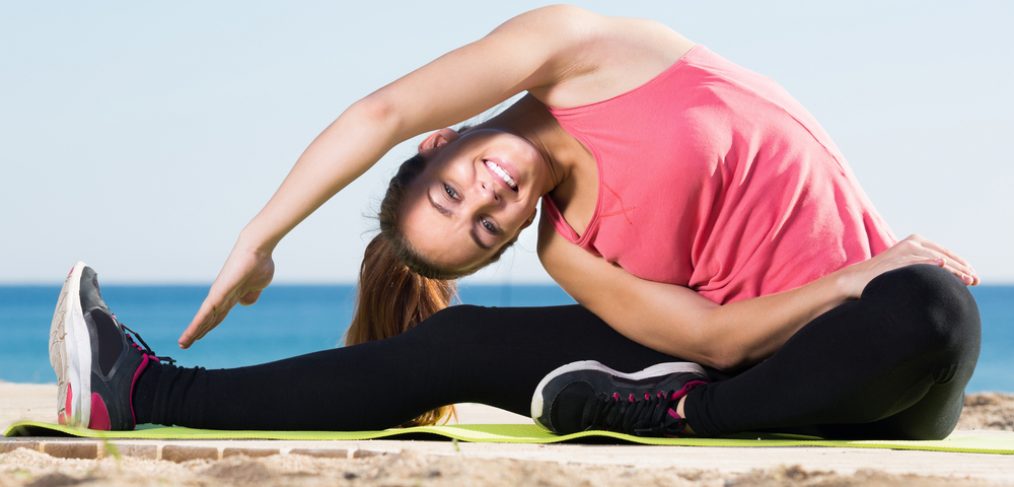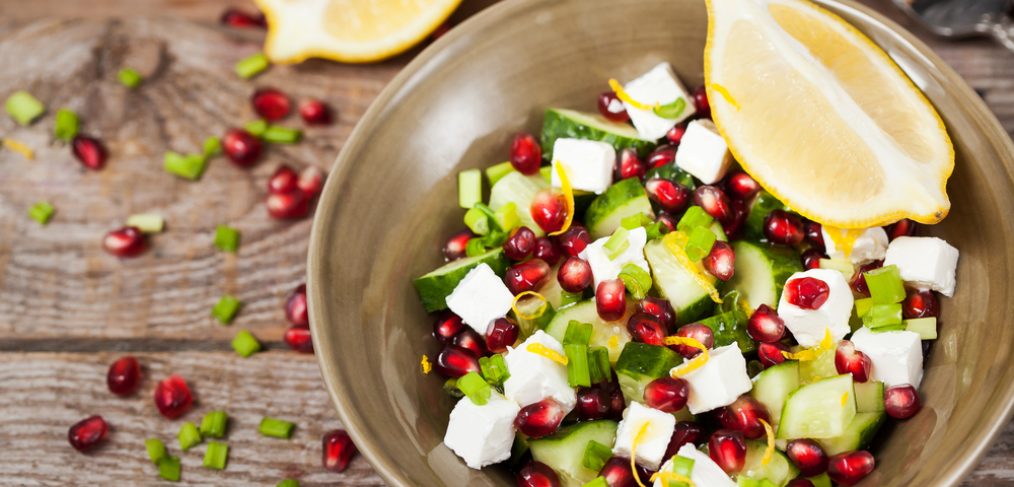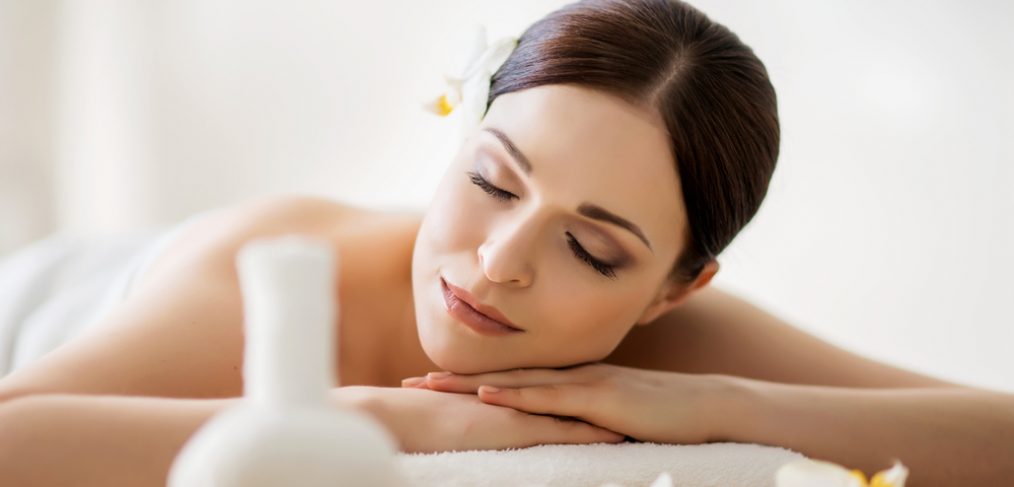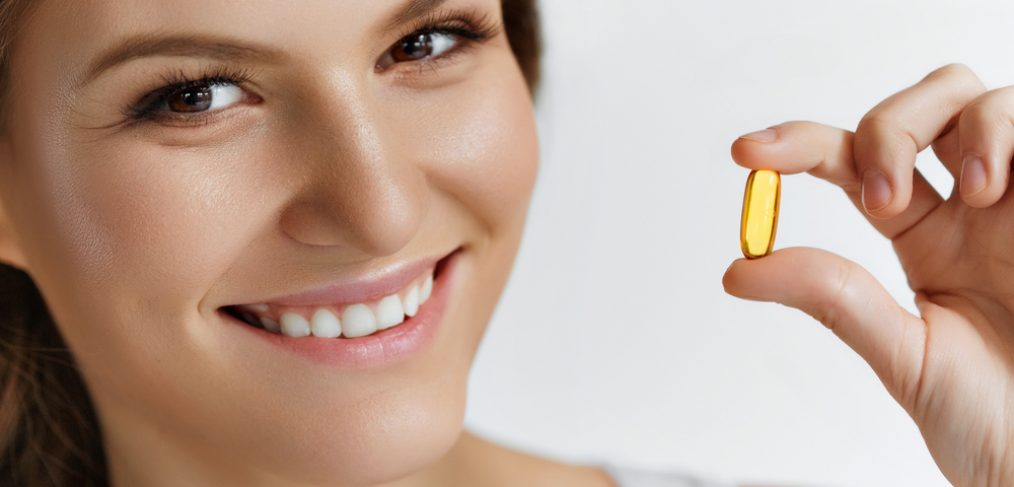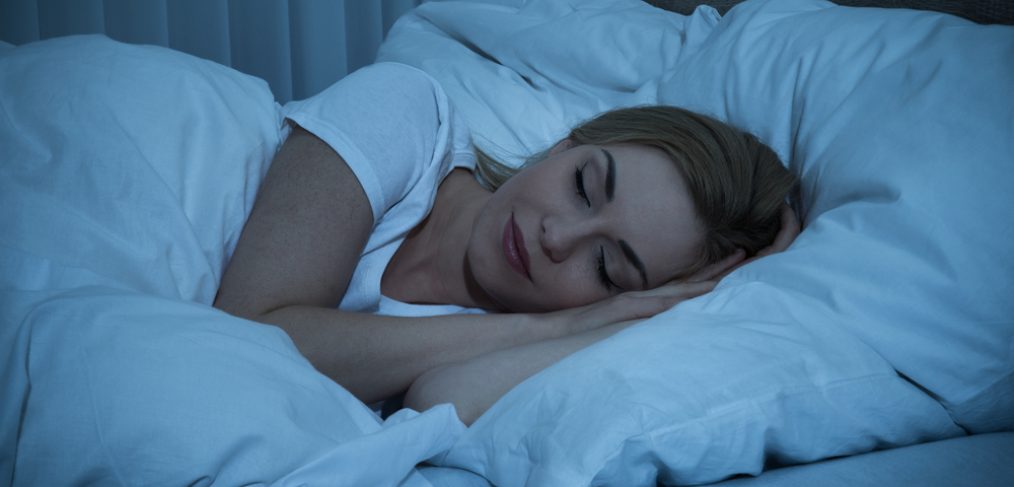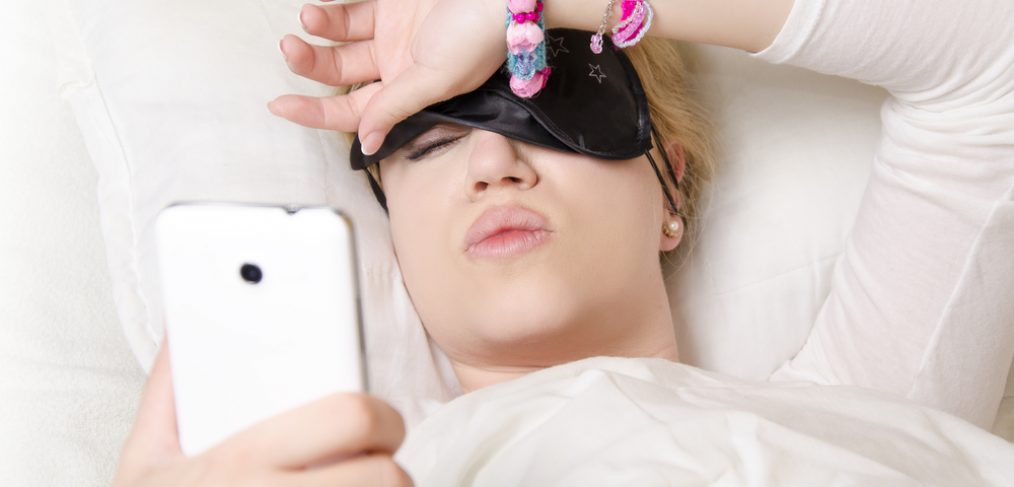Imagine going to sleep tonight and waking up on January 2nd. You’ve missed the turkey, the gifts, the outfits, the eating, the drinking, all of it. Perhaps, you are thinking, that would be great! You’ve saved yourself a ton of calories, had an excuse for not seeing in-laws, and still had a ton of gifts to open. But you probably would have liked to have a choice in the matter. For sufferers of Kleine-Levin Syndrome (KLS) this is often not the case. Often referred to as Sleeping Beauty Syndrome, KLS is a rare neurological disorder, most commonly characterized by long periods of sleep, causing individuals to lose large chunks of their lives and affecting the lives of those around them.
What is KLS?
In addition to excessive sleeping, symptoms of KLS can include a reduced understanding of circumstances and altered behavior on the part of the patient. While adolescents are most likely to be targets for the disorder, it can also strike adults and young children.
When a KLS episode sets in, the patient will experience hypersomnolence, a condition which will cause the patient to become increasingly drowsy and sleep for most of the time, waking only to eat and use the bathroom. These episodes can last days, weeks, or months, and preclude all normal daily activity, such as work and school and make self care impossible. In the time between the episodes, the sufferer may appear to be perfectly healthy with no physical or behavioral problems whatsoever. In total, the condition can last for 10 years or more.
Identification of KLS
Aside from excessive sleep, people with KLS will often seem childlike or “spacey.” He or she can become confused, lethargic, apathetic, and disoriented. The patient may claim that things look out of focus and will become hypersensitive to light and noise. Sometimes, those with the disorder will develop deep cravings for food. Hypersexuality is another reported symptom.
When KLS episodes are in effect, the patient will usually remain bedridden and appear uncommunicative when awake. Although most will not be able to carry out regular activities, not every sufferer is affected by the same symptoms.
It is possible for a person to go for weeks or even years without evidence of the symptoms, but the symptoms can return with out warning, The diagnosed can appear to be in perfect health one day, but there is always an underlying threat that he or she will fall into dysfunction the next. The diagnostic delay for KLS diagnosis is four years, which means it can take up four years for a patient to receive an accurate diagnosis and there is no medical test to definitively confirm the condition. However, if you believe you may be affected, there is a symptom checker developed by the International Classification of Sleep Disorders.
KLS Symptom Checker
A KLS patient would have recurrent episodes of hypersomnia lasting 2-31 days and one or more of the following:
- Cognitive abnormalities like confusion, unreality and hallucination
- Odd behavior like aggression or irritability
- Binge Eating
- Hypersexuality.
While there is no definitive cure treatment for KLS, modafinil may shorten the episodes, but not the recurrence. Lithium and carbamazapine can be beneficial in treatment of some of the symptoms, but no medication has proven to be a consistently successful.
If you feel that you may be suffering from KLS, it is important to reach out to a professional. If you or a loved one has been affected by this condition, please feel free to start a conversation here. Awareness is critical to problem solving.





